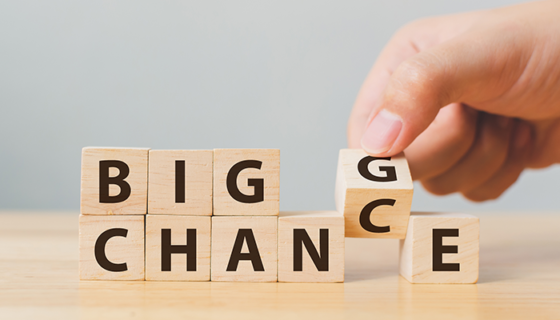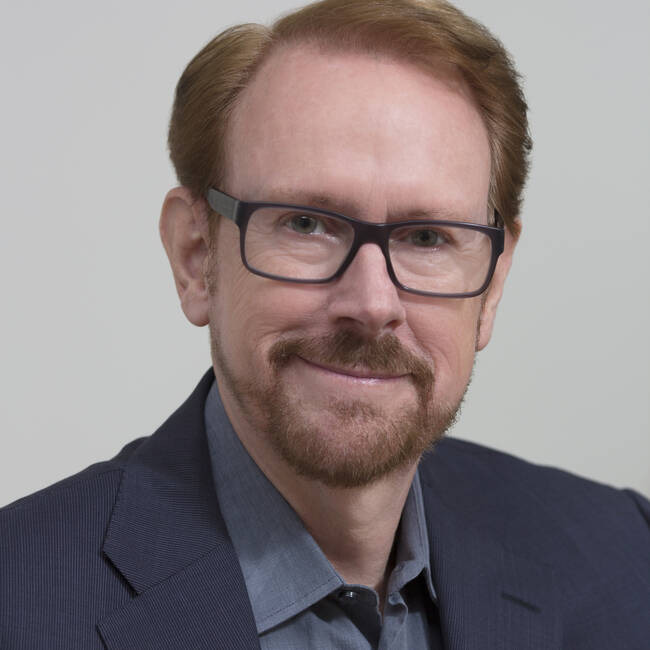Why Should We Embrace Change?

If I were to ask you if people like change, your knee-jerk response would likely be no. However, the reality is that humans actually crave change. Take vacations, for example, or the lack of vacations due to COVID-19. We crave travel because we want a change from our usual surroundings, and new experiences.
Yet, keep in mind that travel is change by choice, which is why we are comfortable with it. The fact that we cannot travel freely during the pandemic, or that if we travel by choice, it will come with personal PPE and social distancing, is the change we are averse to. It is uncomfortable because it affects you personally, and you did not see it coming, much like the pandemic itself. But what if I told you that many unpredictable changes to come as a result of COVID-19 are not going to be seemingly "out of nowhere" and are actually quite visible right now?
We tend to be agile and reactionary, especially in times like these. However, going forward into the post-pandemic new normal, now is the time to become more anticipatory in terms of change, so you can see it coming and leverage it as an opportunity for growth, rather than a crisis to be managed.
The Shift to Anticipation
We all face two types of changes that permit us to see the future accurately, and those are cyclical and linear changes.
Cyclical change, which includes weather cycles, biological cycles, and even business cycles, is prevalent in our everyday lives. Aside from the global pandemic, this year in the United States is an election year --a cycle we know will repeat every four years. We also know that the stock market taking a tumble due to COVID-19 is not permanent; it ebbs and flows over time and in all financial and social climates. Cycles are everywhere, and, to start being anticipatory, you have to be aware of them.
Linear change is a one-way change with many predictable consequences coming in tow. Once this type of change hits, the "old way" is now obsolete. With all the talk of a post-pandemic new normal, the virus has permanently changed the way we, as a society, will operate in the years that follow. While we will have a vaccine, consumers will undoubtedly behave differently, which is quite similar to the effects of digital disruption.
What cycles you experience in your business, as well as what linear changes have been happening both inside and outside of your industry, allow you to turn the predictable certainties into an advantage and, thus, transform you and your organization into an anticipatory one.
Those aforementioned certainties fall into two categories: Hard Trends and Soft Trends. A Hard TrendTM is a projection based on measurable, tangible, and fully predictable facts, while a Soft Trend is a trend that "might" happen, meaning that you can change or influence it.
For example, the pandemic coming to a close is a Hard Trend--it will happen; it's a future fact. But how businesses will pivot to changing consumer needs in the post-pandemic new normal is a Soft Trend--it's something we can choose to address or ignore; it's a future maybe. Distinguishing between the two will enable your organization to transform its culture into one that profits from change, uncertainty, and burgeoning trends.
Change the View of Change
In order to get employees at all levels to embrace change, you have to instill in them the confidence of certainty by increasing their involvement in identifying the Hard Trends that will happen. This includes, but is not limited to, having them make a list of all the Hard Trends taking place in your industry, making a list of the Soft Trends taking place in your industry, and answering the question of what they know will happen in the near future. This will breed next-level innovation throughout your organization.
It is equally important to be transparent with your employees about their roles. Just as certainly as the pandemic coming to a close, employee roles will change. Encourage them to decide their new roles based on those Hard Trends you helped them identify; give them the opportunity to control their destiny.
Finally, remember that how you view the future shapes how you act today and how you act today shapes your future. As I like to say, your FutureviewTM becomes the future you. Is the Futureview of your employees, business partners, and customers a positive or negative one? When you manage and elevate the Futureview, your employees will likely embrace change, as opposed to resisting it.
The good old days are not behind us; they are ahead of us, so unlock them with anticipation and become an Anticipatory Leader.









